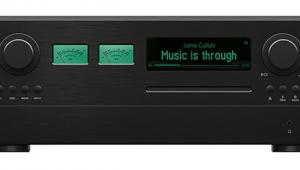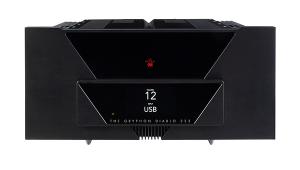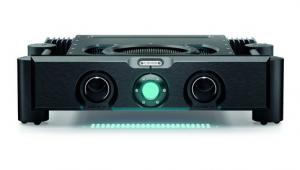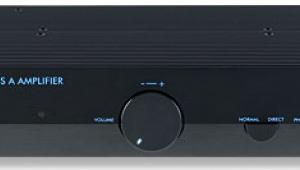Octave Audio V70 Class A Integrated Amplifier Class A All The Way?
Back in 1947 when the Radio Corporation of America (RCA) published its Receiving Tube Manual, the chapter entitled 'Amplification' defined a Class A (tube) amp as one 'in which the grid bias and alternating grid voltages are such that the plate current ... flows at all times'. Single-ended tube stages are necessarily Class A in operation, but push-pull stages may also be run in Class A (or thereabouts) by idling the tubes midway between their cut-off point and full saturation. In this case audio current still flows through both negative and positive 'halves' of the push-pull tubes, increasing in one half above the idle bias (up to the point of saturation) while simultaneously decreasing in the other (but avoiding cut-off). The two phases are summed in the output transformer, this also affording some further reduction in even-order distortions and noise.
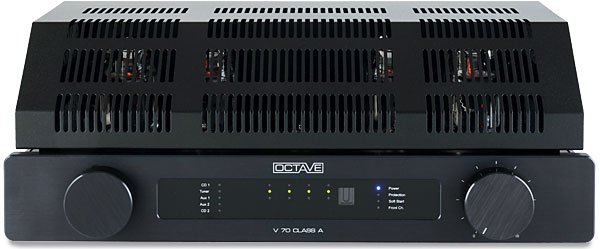
All else being equal a Class A push-pull stage will offer twice the power output of a single-ended stage, but this still remains very inefficient as the pairs of output tubes continue to dissipate up to full output even if there is no input signal. To improve efficiency while still operating both sets of tubes well away from their non-linear cut-off region, designer Andreas Hofmann has implemented a sliding bias scheme for the V70, managing the plate current according to the signal conditions. This operates in tandem with the auto-bias/tube management circuit so that no manual intervention is necessary. In a true Class A amp the idle power consumption will be high and unchanged regardless of amplifier output – in practice the V70 idles at 170W but draws a higher 230W at full output. PM





